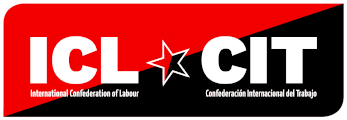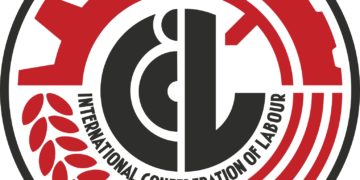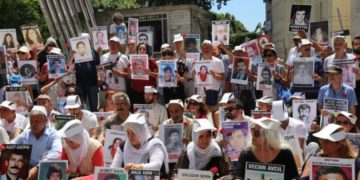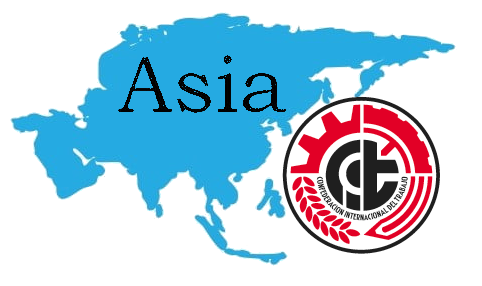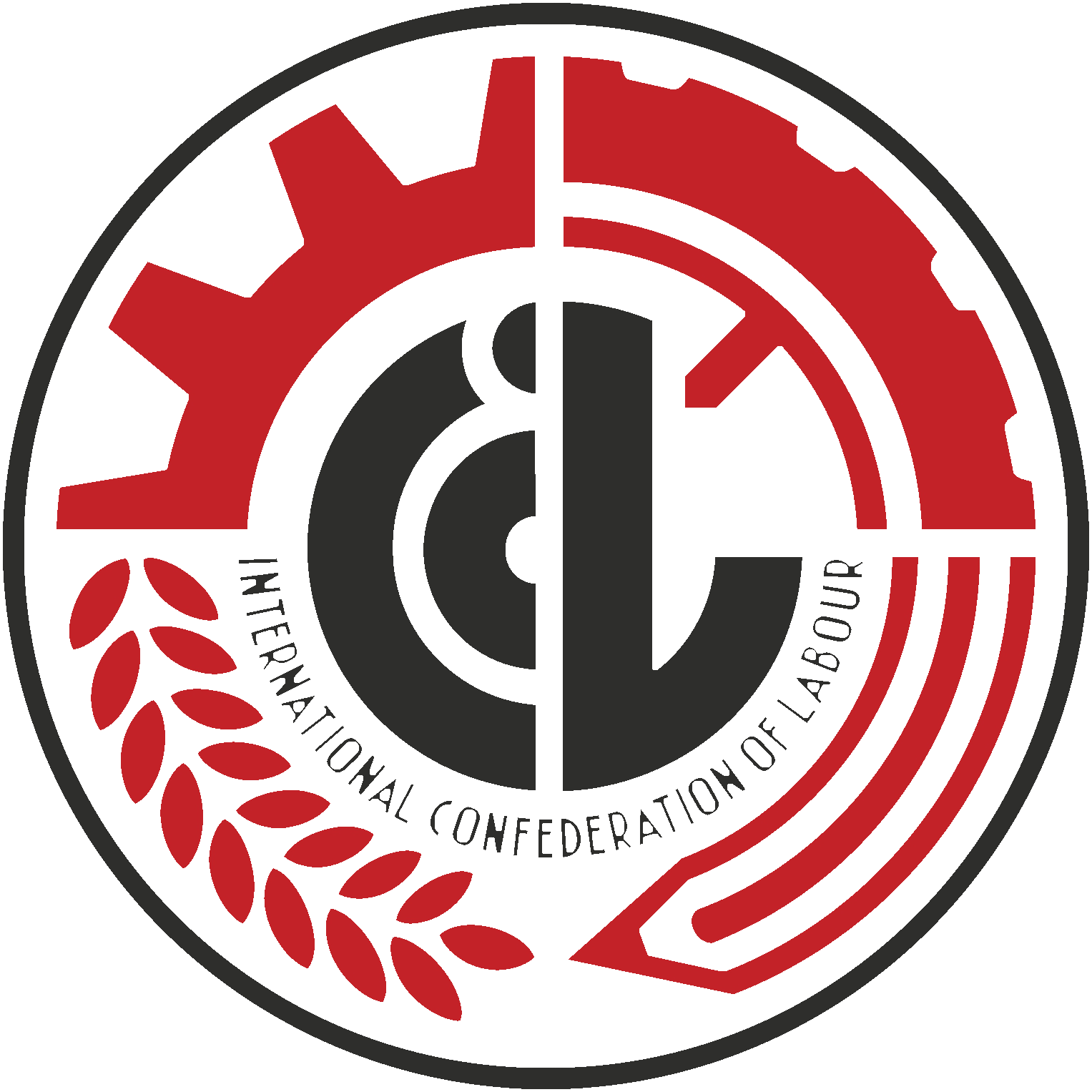In June 2019, the definite results of the first ever referendum held among ICL’s sections were published.
What are referendums in ICL?
The International Confederation of Labour (ICL) has a decentralised and very flexible structure. To encourage and facilitate direct contact between the sections and the development of common initiatives, there is a Liaison Committee formed by representatives of each section. When a local union in one country needs to share an initiative with another branch from a different section, they can easily do so reaching out through their representative in the Liaison Committee. Thanks to this, joint initiatives have multiplied in the year since the creation of ICL.
Also, this Committee is where all decisions, regarding the administration of the International, are taken. On the contrary, the Secretariat only has a coordination and representation role and rotates every two years, automatically, among the members of the Liaison Committee. This guarantees the highest level of decentralization and rotation in positions. When the Committee considers any issue as an International, jointly, having at least a representative from each section guarantees that the positions of all sections are taken into account.
The mandate of the members of the Committee and the Secretariat arises from the Congress, which is where the lines of work are set and where important decisions are made. However, it is obvious that there can be cases when this mandate does not cover all issues that may arise. In this case, the Liaison Committee calls a referendum.
How do referendums work in ICL?
ICL utterly respects internal democracy. Its decision-making processes are always from the bottom up. It horizontal and not hierarchical.
When an issue is raised that has not been discussed in a congress, that is, on which the members in the local branches of each section have not expressed their opinions, the Liaison Committee does not have a mandate. The only thing to do is to send the question back to the members. That’s what referendums are for.
Each section of ICL has its own structure and organisation and achieves internal democracy in the way that they consider best. For example, to arrive at a decision as an organisation, some sections may send a letter on the post to their members, so they can send a vote back. Others may arrange a national conference or a delegates meeting, etc. ICL’s processes must respect the internal workings of each section, allowing plenty of time for them to arrive at a decision.
In a referendum, the Liaison Committee puts any issues to the sections, so each one can follow its own internal process to arrive at a decision.
How is the outcome decided?
In ICL decisions are taken by consensus. There is a mechanism for representative voting, but it’s only used when it is impossible to reach a consensus. Thus, all sections, large or small, can take part on an equal footing in any debate and decision-making process.
When the Liaison Committee puts an issue to a referendum and sends it to the sections, it tries to do so in a way that facilitates reaching a consensus. That is, sections are asked to give a number of preferred options on a particular topic, or to indicate if there are any positions that they find unacceptable, etc. Later, once the sections have completed their own internal process and reach a decision, the Liaison Committee puts these together to identify if a consensus is possible.
Referendum 2019
In this referendum, the issues to decide upon were ICL’s logo and the “Make Rojava Green Again” campaign by the Internationalist Commune of Rojava.
Regarding the first issue, the Parma Congress of 2018, where ICL was founded, made a lot of decisions on very important issues, such as the name of the International itself, its internal structure, the tasks to be developed by the Liaison Committee, etc. But it didn’t choose a logo! To ensure the greatest possible participation of the individual members in the local branches, the Liaison Committee asked in he first place to send design proposals by whoever wanted to do so. Any individual members of any local branches of ICL sections could submit their proposals. Then, the Liaison Committee sent these designs to the sections, to choose their preferred ones. The sections were asked to opt for more than one design, so a consensus could be reached among the different proposals.
When the decisions came back from the sections, these were divided mainly between two proposals. Therefore, it was decided to keep both, as the consensus option.
The second issue was whether the International should endorse the “Make Rojava Green Again” campaign by the Internationalist Commune of Rojava. The proposal was first made by the local CNT branch of Hospitalet de Llobregat. CNT decided to endorse it as an organisation some time ago. Then, it proposed the other sections of ICL to endorse it as an international, which they now have agreed to.
As can be seen in both cases, all proposals arise from the local level, from a branch or from individual members, and go through a bottom-up decision-making process, until a consensus is reached on the international level.
____________________________________________________
This has been the first referendum ever called in ICL. It is an important step in the construction of a horizontal and non-hierarchical organisation, with a bottom-up decision-making process. Based on this, with these tools, we continue to move forward.
Also available in:
 Español (Spanish)
Español (Spanish)



